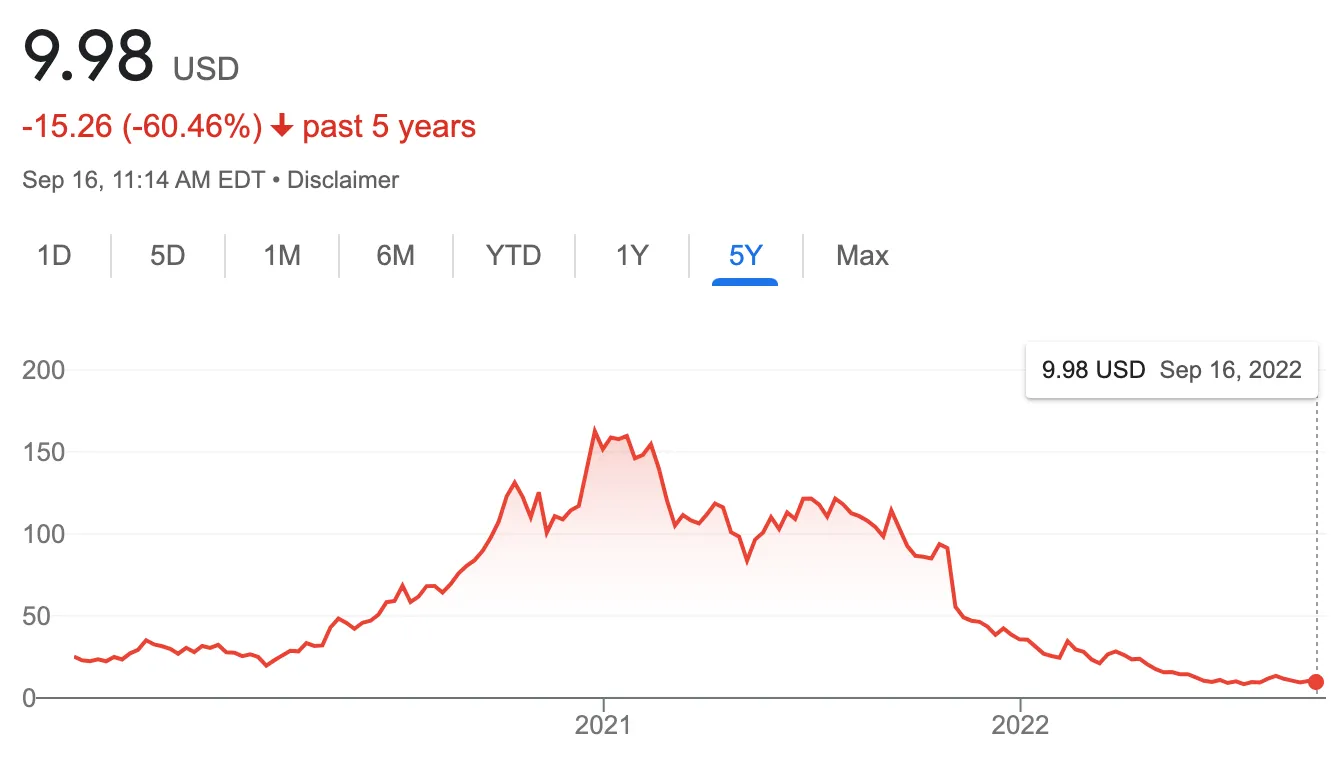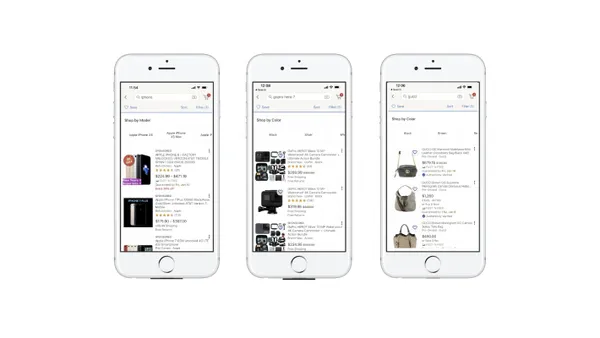2022 has had its ups and downs for retail — an industry that was uprooted during the COVID-19 pandemic and saw e-commerce rise.
This year has brought a decrease in pandemic restrictions, showing brick-and-mortar still has power. Consumers are returning to in-person gatherings as well, with data from market research firm Mintel in March showing that only 15% of exercisers felt that digital fitness platforms eliminated the need for in-person gyms. And 2022 has also brought on a new set of challenges in the form of inflation, with consumers shifting their attention away from discretionary purchases.
These new trends present problems for at-home gym brand Peloton. The company thrived during the beginning of the pandemic, when consumers needed to exercise from home as gyms were forced to close. Some people even had a little extra money to spend from stimulus checks, which helps a brand like Peloton that sells high-priced equipment. This sent its stock price soaring — temporarily.

However, the recent economic shift has led to declining revenue, widening net losses and a decreasing member count for Peloton. That high-priced equipment looks even more costly to a consumer worried about paying for groceries. Faced with these facts, the company has tried to build its customer base, which includes shifting away from its direct-to-consumer model. The company has also changed its pricing, appointed a new CEO and laid off workers all this year.
“Unfortunately for Peloton, the reworking of the company is being carried out in a very competitive environment,” said GlobalData Managing Director Neil Saunders in emailed comments earlier this year. “Big brands like Lululemon are pivoting more towards classes and services. And smaller upstarts like Tonal are also taking bites out of the market. Against this backdrop Peloton is going to have to work incredibly hard to stand out – especially now that general market trends are not blowing in its favor.”
Here is a look at the growing number of changes the brand has made in 2022.












